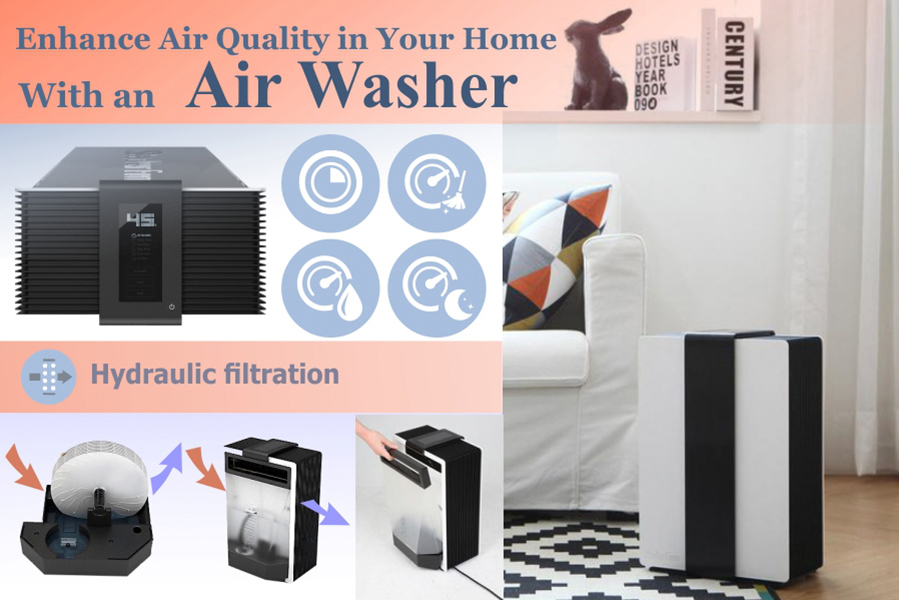When mounting a heatpump, you need to avoid typical errors that can jeopardize its performance. Overlooking proper sizing might lead to inadequacies and greater energy costs. Ignoring insulation and securing can cause power waste and strain on the system. Moreover, placing the outside system inaccurately may impact its performance. By staying clear of these errors, you can ensure ideal functioning and toughness of your heat pump system.
Improper Sizing of Heatpump
When it concerns the setup of heat pumps, one of one of the most typical mistakes is incorrectly sizing the system for your room. Ensuring the right size is critical for optimal performance. If the heatpump is also little, it will certainly struggle to warm or cool your space efficiently, resulting in increased energy bills and potential wear and tear on the unit.
On the other hand, if the heat pump is as well huge, it will cycle on and off often, causing temperature level variations and lowering its life expectancy.
To avoid this error, it's necessary to have an expert examine your room and advise the suitable size of the heatpump based on aspects like square video footage, insulation, ceiling height, and local climate. By spending the time and effort to guarantee the appropriate sizing, you can appreciate a comfortable setting while making best use of energy effectiveness and prolonging the life expectancy of your heatpump.
Inadequate Insulation and Sealing
To ensure the effective operation of your heatpump, it's important to deal with poor insulation and securing in your space. Appropriate insulation assists maintain a consistent temperature inside your home, minimizing the work on your heatpump. Poor insulation can result in power loss, making your heatpump work harder and much less efficiently.
Sealing any kind of voids or leaks in your room is similarly essential. heat pumps nz allow conditioned air to run away and exterior air to permeate in, forcing your heat pump to compensate for the temperature level variations.
Inaccurate Placement of Outdoor System
Resolving the placement of your heat pump's outside system is key to enhancing its efficiency. Setting up https://besthvaccontractornearme18495.blogscribble.com/31257146/dispel-the-widespread-mistaken-beliefs-about-heat-pump-repair-work-to-get-essential-insights-that-may-help-you-avoid-expensive-errors-discover-the-fact-here in an incorrect area can result in effectiveness concerns and prospective damages to the system.
One typical blunder to stay clear of is putting the outdoor device as well near a wall or various other structures. This can limit air flow, causing the device to work harder to warmth or cool your space, inevitably reducing its effectiveness and life-span.
Another error to stay away from is placing the outside device in straight sunlight. While some sunlight is inevitable, excessive exposure can bring about getting too hot, particularly throughout hot summertime days. https://www.washingtonpost.com/lifestyle/home/still-working-from-home-heres-what-you-need-to-know-about-window-or-portable-air-conditioners/2020/06/22/c63d3eee-b0d7-11ea-856d-5054296735e5_story.html to position the exterior system in a shaded location to help preserve its optimal operating temperature.
In addition, make sure that the outside device is put on a stable and degree surface area. Irregular ground can trigger resonances and unnecessary pressure on the unit, influencing its performance with time.
Conclusion
To conclude, preventing common mistakes during heatpump setup is necessary for maximizing effectiveness and long life of your system. By making certain appropriate sizing, ample insulation, securing, and correct placement of the outdoor unit, you can prevent issues such as inadequacies, boosted energy bills, and pressure on the unit. Taking the time to deal with these key variables will eventually conserve you time and money over time.
